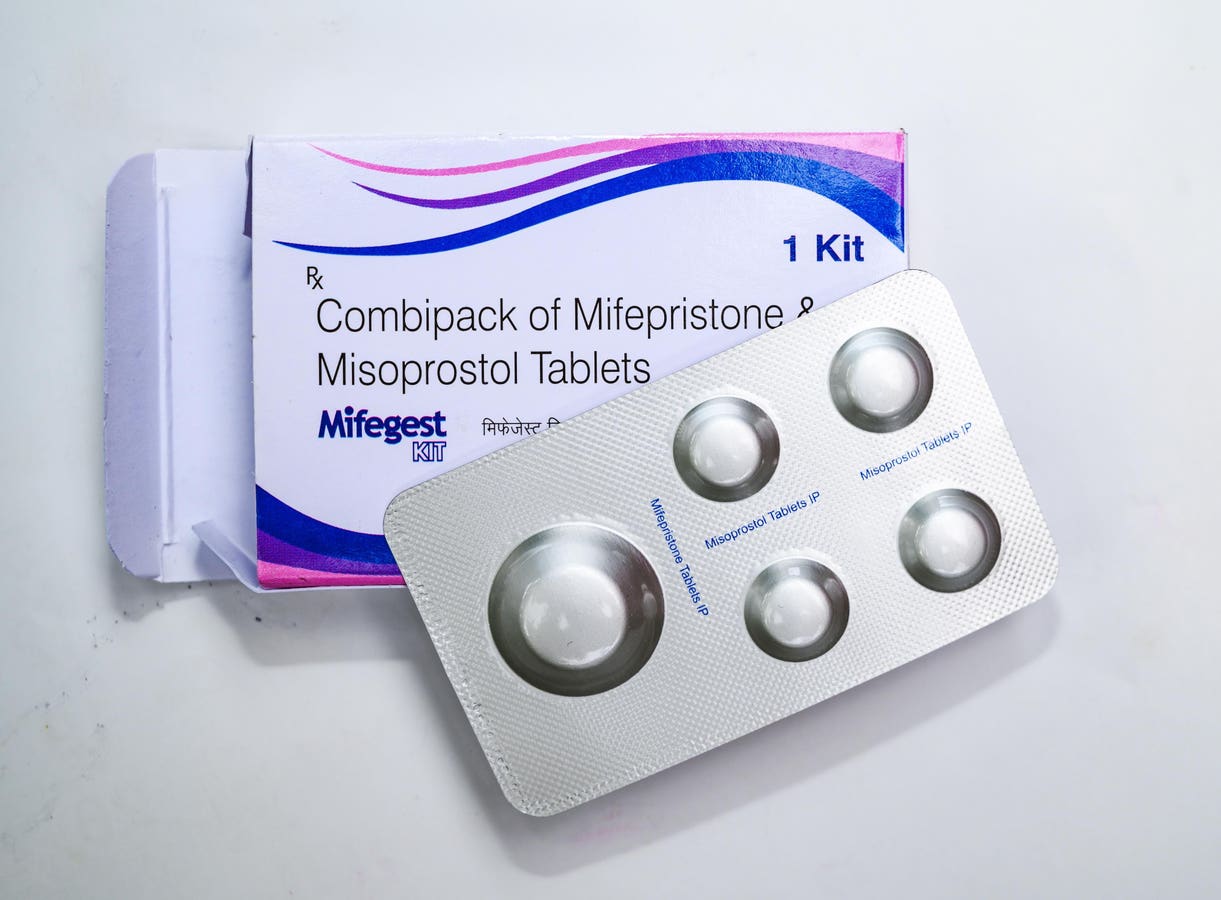The Supreme Court heard arguments last week in a case involving access restrictions to the abortion pill Mifeprex (mifepristone), which has been on the market for more than two decades. During oral arguments, justices appeared skeptical of the plaintiff’s legal standing. To win a civil case in court, a plaintiff must demonstrate direct and concrete harm by the violation or injury it claims, which the justices seemed to dispute. Nonetheless, this challenge to the Food and Drug Administration’s regulatory authority sets a potential precedent for conducting other de facto second reviews of FDA-approved products by judges who don’t have the requisite scientific expertise.
In this particular case, though it’s unlikely to happen, a ruling in favor of the plaintiff would roll back FDA changes to the use of mifepristone, even in states where abortion remains legal. In 2016 and 2021, the FDA had eased several conditions with respect to the prescribing and sale of mifepristone. Specifically, the FDA allowed for prescriptions to be issued through telemedicine visits in addition to shipments of the product by mail, as MedPage Today reports.
The plaintiff asked to have FDA put back in place these safeguards and to shorten the time period during which mifepristone can be taken, from 10 to seven weeks.
History Of Mifepristone
The FDA approved mifepristone in 2000 for medication abortion. Mifepristone is a drug that blocks progesterone, which is needed for a pregnancy to continue. When taken in conjunction with misoprostol, mifepristone ends early pregnancies (up to 10 weeks following conception). Medication abortion accounted for nearly two-thirds of all abortions in the U.S. last year, according to the Guttmacher Institute.
Notably, the number of abortions using prescription drugs has soared after the Supreme Court overturned Roe v. Wade in 2022, a new JAMA study reported last week.
Mifepristone has been in use in Europe for nearly three decades with a minimal number of reported adverse events. And the drug has had a similar safety record in the U.S since its approval in 2000. Between September 2000 and December 2018, only 24 of the more than 3.7 million women who had undergone medicated abortions have died, according to the FDA.
And, expanding the scope of scientific publications to include other countries around the globe, at least 100 studies have examined the effectiveness and safety of mifepristone and misoprostol. Every study concluded that the pills are a safe method for terminating a pregnancy.
Furthermore, clinical experts have argued that the changes the FDA instituted in 2016 and 2021 to eliminate the need for in-person doctor visits and to permit mifepristone to be delivered by mail were the product of more than 20 years of experience in regulating mifepristone, including evaluating safety data and studies of tens of thousands of women.
Scope of FDA Authority
The FDA’s mandate is to review the safety and efficacy of drugs based on clinical evidence. As such, the FDA is the federal authority on all pharmaceuticals distributed throughout the U.S., including mifepristone and misoprostol.
However, in April 2023, U.S District Judge Matthew Kacsmaryk ruled in favor of a conservative coalition called the Alliance Defending Freedom, which had filed a lawsuit against access to mifepristone. The group charged that the FDA “illegally approved chemical abortion drugs.”
Citing two now retracted studies, Kacsmaryk argued that mifepristone’s original approval in 2000 by the FDA was flawed because it overlooked what he characterized as “serious safety issues” with the pill. The publications referenced by Kacsmaryk claim to demonstrate harms caused by the abortion pill. However, an investigation revealed what the publisher, Sage Journals, called “methodological flaws” and “misleading conclusions,” in addition to the authors’ undisclosed conflicts of interest.
Pointing to the statute of limitations, the U.S. Court of Appeals for the Fifth Circuit last year granted the U.S. Department of Justice’s emergency request to put on hold Kacsmaryk’s decision to suspend the FDA’s initial authorization of mifepristone. However, the Court of Appeals determined that other parts of the ruling, which rescinded changes the FDA made in 2016 and 2021 to mifepristone’s approved use—no longer requiring an in-person doctor visit and allowing for distribution of the drug by mail—could still go ahead. The Court of Appeals also limited the drug’s use to up to seven weeks of pregnancy, rather than the usual 10.
Initially, the Court of Appeals’ injunction threatened access to the pill nationwide. But the Supreme Court blocked the order, allowing the status quo to continue until it would take up and review the case, which it did last week.
Supreme Court Justice Gorsuch expressed serious concerns about possible judicial overreach, specifically regarding Judge Kacsmaryk’s decision. And with respect to the case presented at the Supreme Court, he said that it seemed like a “prime example of turning what could be a small lawsuit into a nationwide legislative assembly on an FDA rule or any other federal government action.”
Indeed, the questioning of FDA’s decisions sets a precedent which could be revisited by courts for reasons that may include ones seemingly not related to public health. So while the Supreme Court appeared to question physicians’ right to sue the FDA to reinstate certain precautions—a line of inquiry that suggests they are unlikely to restrict access to mifepristone—the fact that this case reached the pinnacle of the U.S. justice system establishes a potentially unsettling antecedent in which the FDA’s regulatory authority could be undermined with respect to other prescription drugs or medical technologies.
Read the full article here





